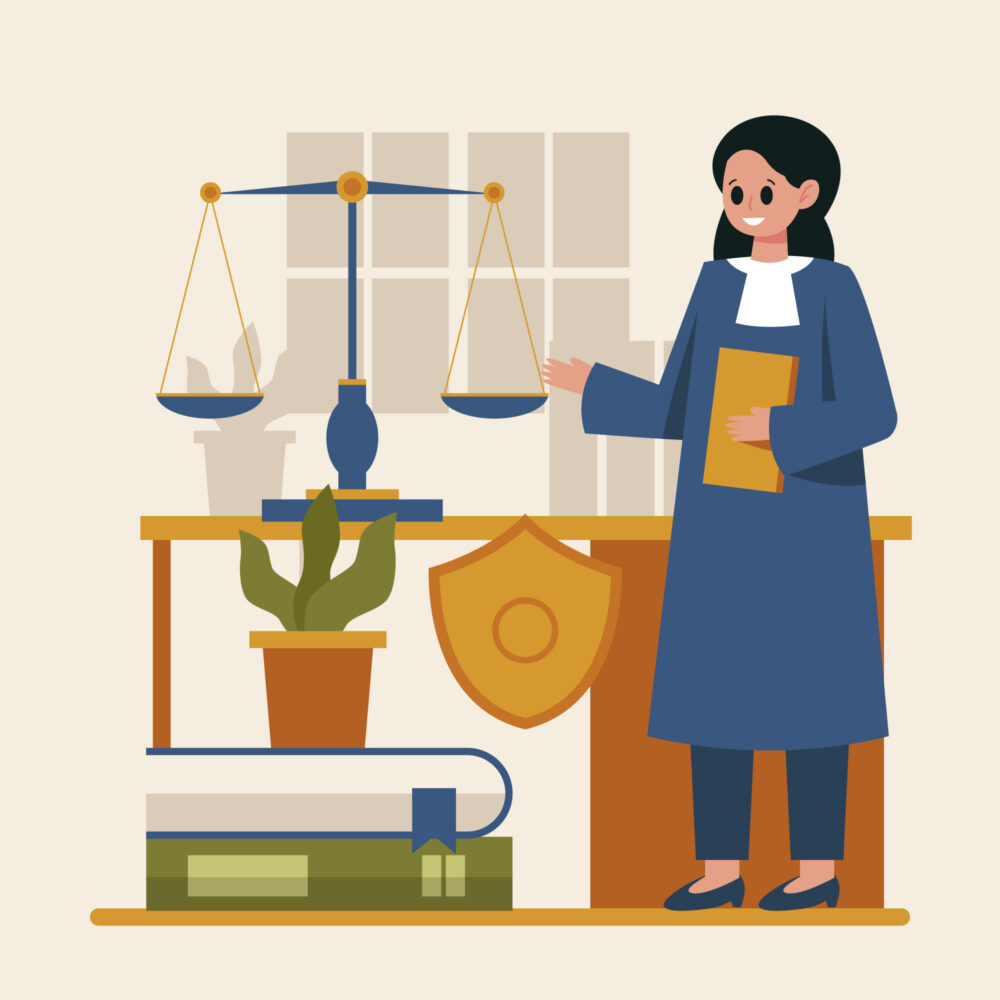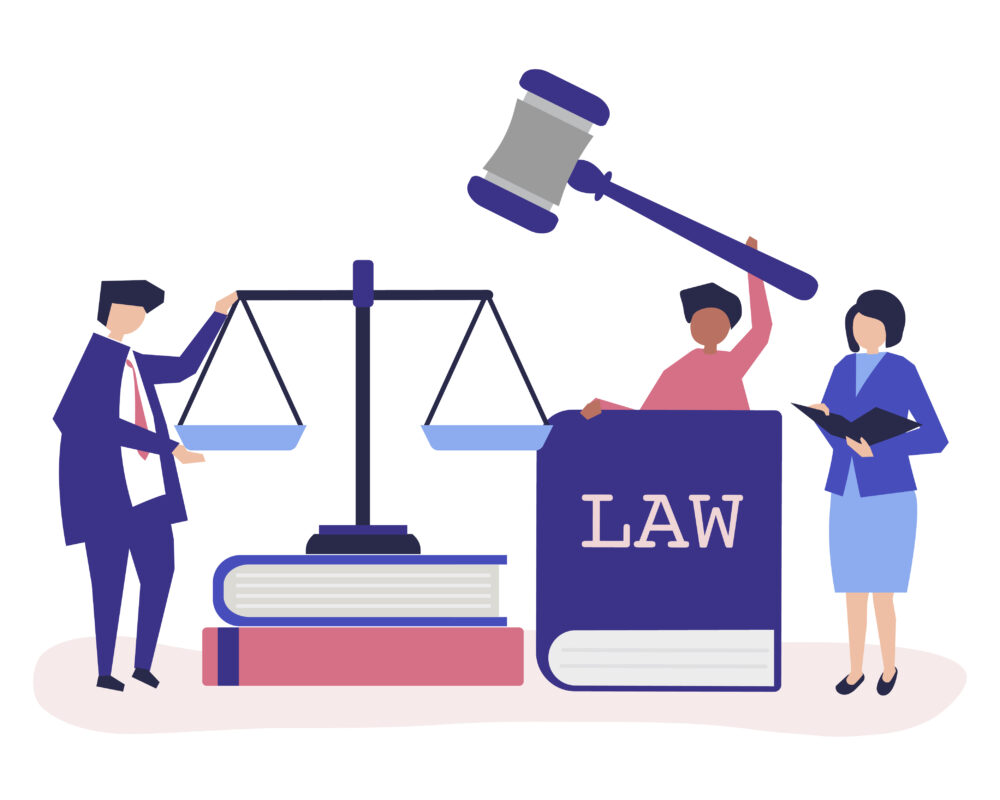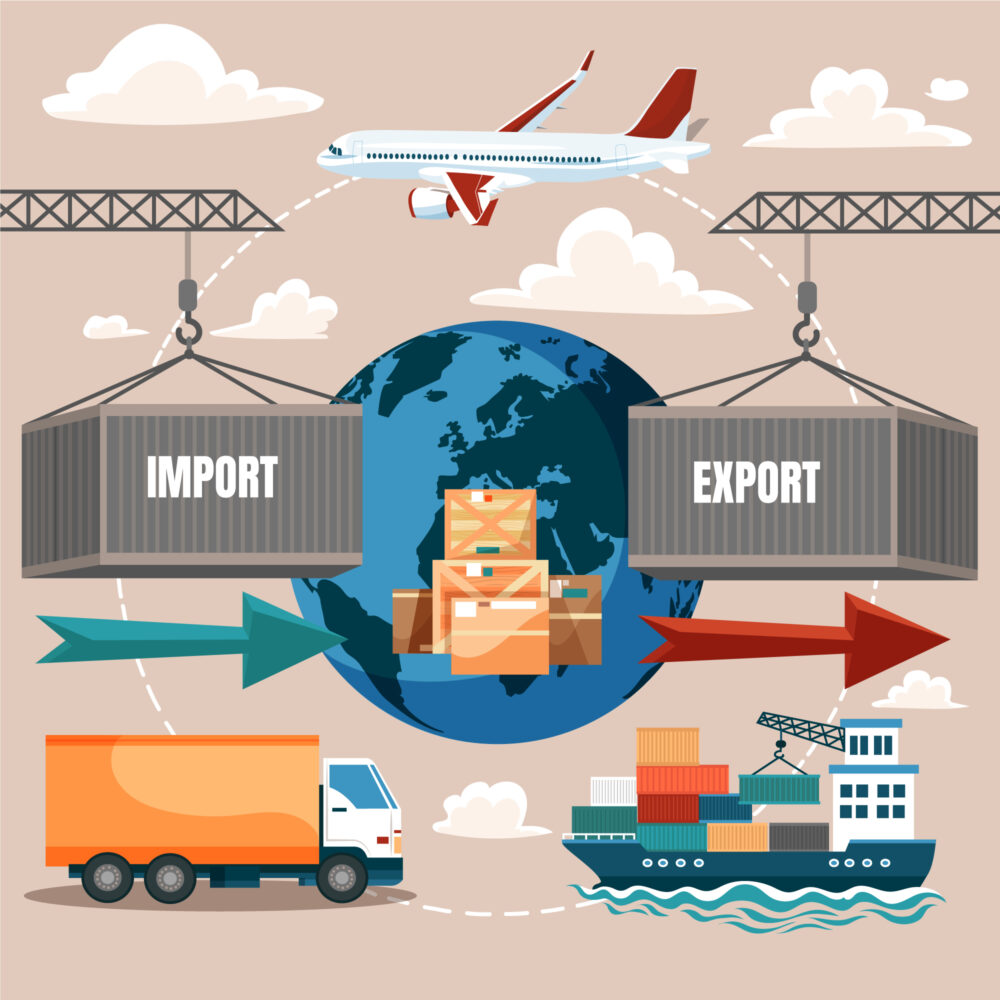As Vietnam commits to achieving “Net Zero” by 2050, the Vietnamese government has implemented numerous programs to develop clean energy and reduce greenhouse gas emissions. It has also intensified inspections and enforcement actions against environmental violations. In several environmental “hotspots,” local authorities have taken decisive steps to curb pollution and hold violators accountable. Under Vietnamese law, polluters may face administrative fines, criminal prosecution, and civil liability for the damages caused, depending on the severity of the offense.
However, despite these efforts, current legal regulations and civil litigation practices related to environmental damage still exhibit significant limitations, which undermine the legitimate rights and interests of affected individuals and organizations, namely:
1. Forms of Resolution
According to Article 133 of the Environmental Protection Law 2020, compensation for environmental damage in Vietnam is initially addressed through negotiation between the involved parties. If negotiations fail, the matter may be resolved through mediation, arbitration, or ultimately, litigation in court.
Although the law offers flexible mechanisms for resolving environmental damage claims, in practice, most cases are addressed through negotiation or mediation, or are processed alongside administrative or criminal actions by state authorities. Independent civil claims for environmental damage remain relatively rare. A review of the official court decision disclosure website reveals that out of 15 judgments related to environmental pollution, 14 were criminal cases, and only one was a civil case. Arbitral decisions in this area are even more uncommon; to date, the author has not identified any arbitral award in Vietnam dealing with environmental damage claims.
The limitations in resolution forms can be attributed to:
- Legal Provisions on Competent Authorities: Under Article 131 of the Environmental Protection Law, environmental violations are primarily identified and addressed by state authorities. Depending on the severity and scale of the incident, the responsibility for requesting compensation and collecting or assessing damage lies with either the local People’s Committees or the Ministry of Natural Resources and Environment. These entities, exercising their regulatory powers, often address violations through administrative penalties or criminal prosecution. As a result, independent civil or arbitral proceedings are frequently bypassed or perceived as redundant, limiting their practical application.
- Complexity of Civil/Arbitral Procedures: Civil litigation and arbitration in environmental damage cases are often highly complex, lengthy, and document-intensive. Most affected parties—typically individuals or small communities—lack the legal knowledge, financial means, and procedural support to pursue these channels effectively. As a result, they are often discouraged from initiating or sustaining such claims, even when they have legitimate grievances.
2. Types of Compensable Damages
Liability for environmental pollution falls under non-contractual liability, so in principle, it only arises when these conditions are met (Article 584, Civil Code 2015):
- There is an act infringing on life, health, honor, dignity, reputation, property, or other legal rights, in this case, environmental pollution.
- Actual damages have occurred, whether material or moral.
- A direct causal link exists between the infringing act and the damage.
Although the Environmental Protection Law shifts the burden of proving causation to the violator—relieving victims of this often difficult task—identifying specific violations and quantifying environmental damage remain significant challenges in practice.
Under the law, polluters are required to fully compensate for the damage they cause and bear all costs related to damage assessment and the claim process. The types of compensable damages include:
- Degradation of environmental functionality and utility.
- Harm to human life, health, property, and legal interests due to such degradation (Article 130).
Damage assessment for environmental degradation is carried out by authorized agencies in accordance with government regulations. However, for personal or organizational harm—such as impacts on life, health, or property—there are no specific procedural guidelines. Under Article 113.5 of Decree 08/2022/ND-CP, state agencies may only assess and seek compensation on behalf of affected individuals or entities if they are authorized by the affected ones. Meanwhile, claims based on self-assessed damages by individuals or organizations are frequently challenged or dismissed due to insufficient substantiation or the claimant’s lack of recognized legal authority.
3. Liable Parties
Under the Civil Code, polluters must compensate regardless of fault (Article 602, Civil Code 2015). When multiple entities are involved, they share joint liability. Responsibility is based on pollutant type, discharge volume, and other factors. If these are unascertainable, arbitration or court decides (Article 130.3, Environmental Protection Law 2020).
Despite the legal provision for joint liability, the requirement to determine each party’s specific contribution—based on pollutant type and proportional damage—introduces significant complexity. In cases involving air or water pollution, establishing causation and damage ratios is particularly challenging due to the diffuse and overlapping nature of the harm. As a result, parties are often compelled to seek resolution through arbitration or the courts, prolonging the claims process and delaying compensation for victims.
Conclusion
Although Vietnam has established a basic legal framework for environmental damage compensation that nominally favors affected parties, few individuals or organizations are able to effectively use these laws to protect their rights. In practice, enforcement relies heavily on state authorities, and many victims receive inadequate or delayed compensation. These shortcomings are rooted in limited public legal awareness and the complexity and duration of legal procedures, which often discourage public engagement.
To achieve the 2050 “Net Zero” goal, it is both urgent and essential to enhance the legal framework for environmental sanctions and compensation. A more comprehensive, transparent, and accessible system will support effective environmental protection, uphold the rights of affected communities, and help fulfill Vietnam’s sustainable development and climate commitments.
Relating posts
- Compensation for damages in legal services
- The compensation for damages in a lawsuit over the infringement of copyright
- Trademark violation disputes and Compensation for damages
Disclaimers:
This article is for general information purposes only and is not intended to provide any legal advice for any particular case. The legal provisions referenced in the content are in effect at the time of publication but may have expired at the time you read the content. We therefore advise that you always consult a professional consultant before applying any content.
For issues related to the content or intellectual property rights of the article, please email cs@apolatlegal.vn.
Apolat Legal is a law firm in Vietnam with experience and capacity to provide consulting services related to Dispute Resolution and contact our team of lawyers in Vietnam via email info@apolatlegal.com.





































